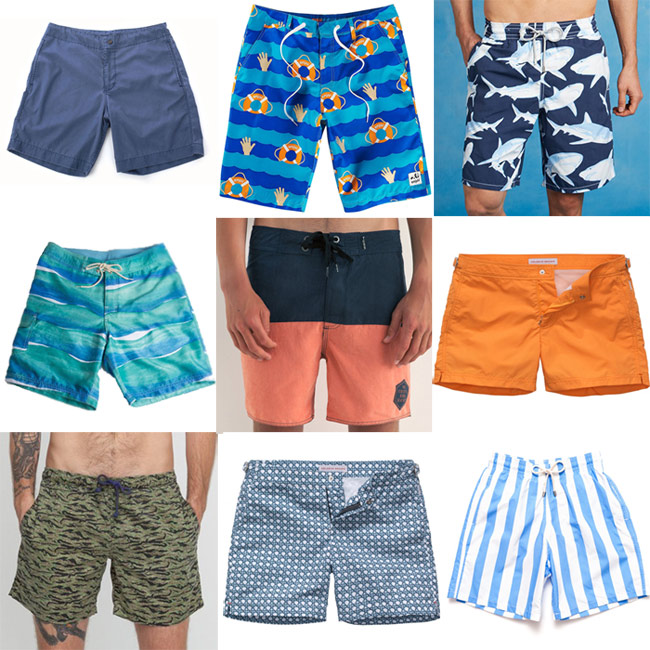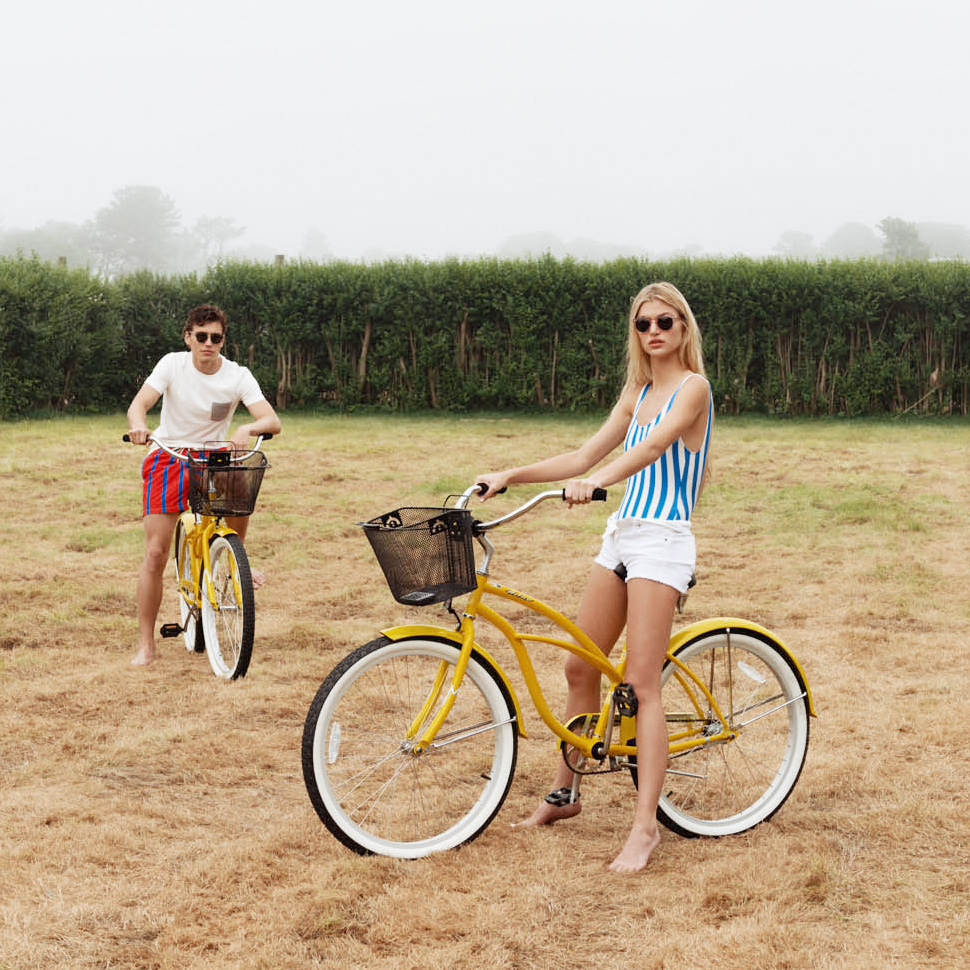Interview: Designers Parke & Ronen
The brand that reimagined bathing suit tailoring offers up insight on their bright colors, prints and careful silhouettes
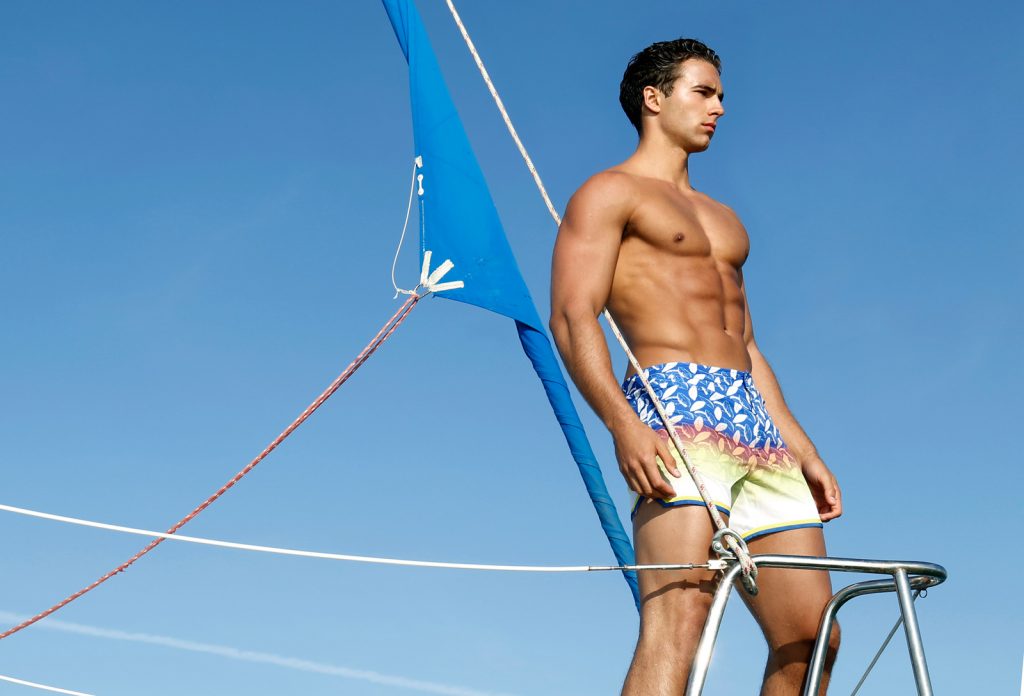
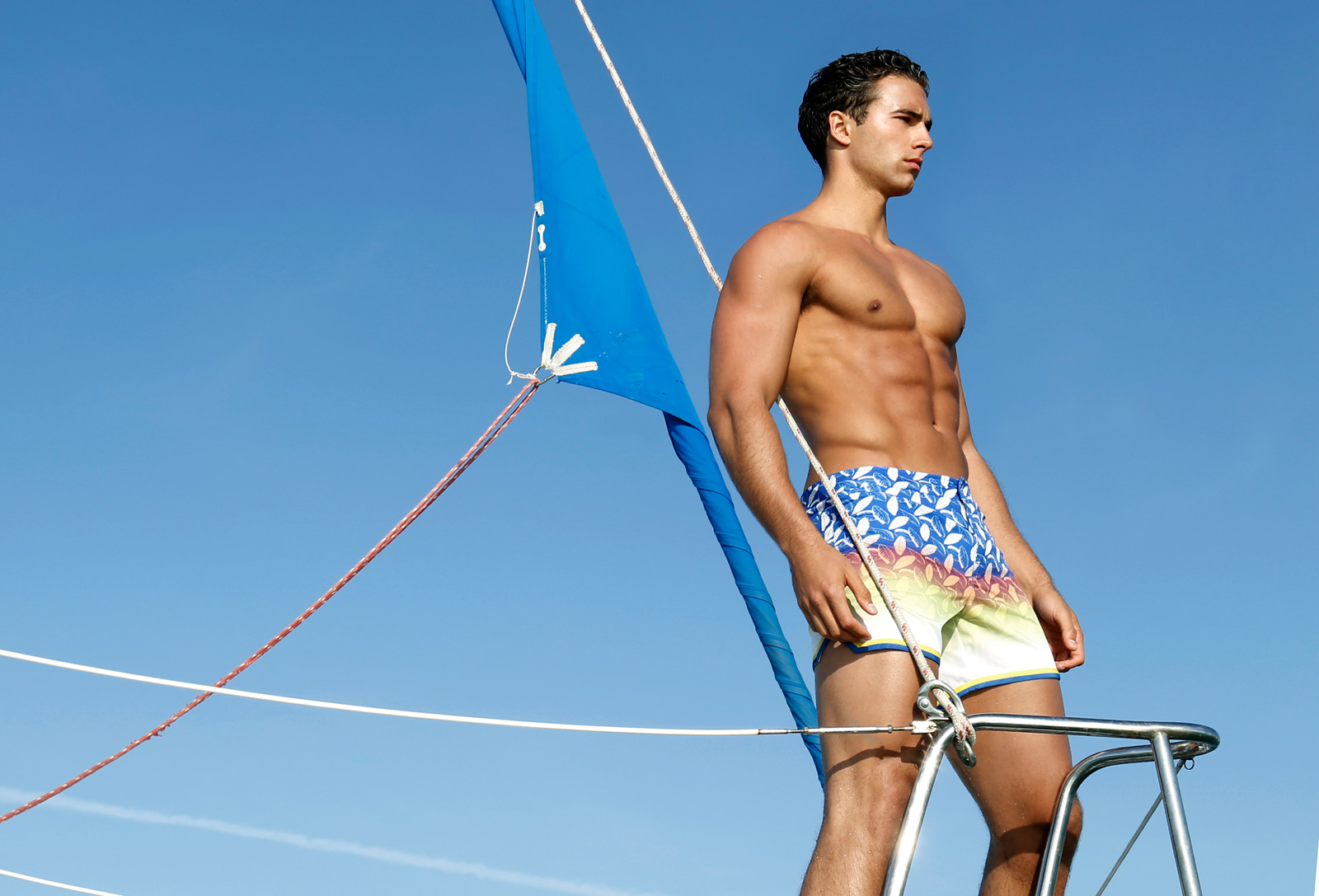
It’s hard to imagine, with their men’s bathing suits having such a distinct and commanding presence in the swimwear market, that duo Parke & Ronen designed their first pair on a whim. A few years after they united in 1997 and opened a store in NYC’s Chelsea, Parke Lutter and Ronen Jehezkel first introduced a swimsuit into their men’s ready-to-wear collection. Since, the tailored briefs and trunks have helped to redefine the way men wear swim and beach attire. The prints and bright color spectrums utilized demonstrate the amount of thought that goes into each season. These are pieces designed to build confidence. Further, Lutter and Jehezkel treat their store almost like a laboratory: a place they frequent often, where they see real people wearing their creations, allowing them to assess the future of their designs and label as a whole. We have been fans of the brand for a long time now, but as purchases start to ramp up around this time (from spring break through the end of summer) we sat down with both designers to discuss their process, inspiration and summer 2016—which CH has exclusive preview images of here.
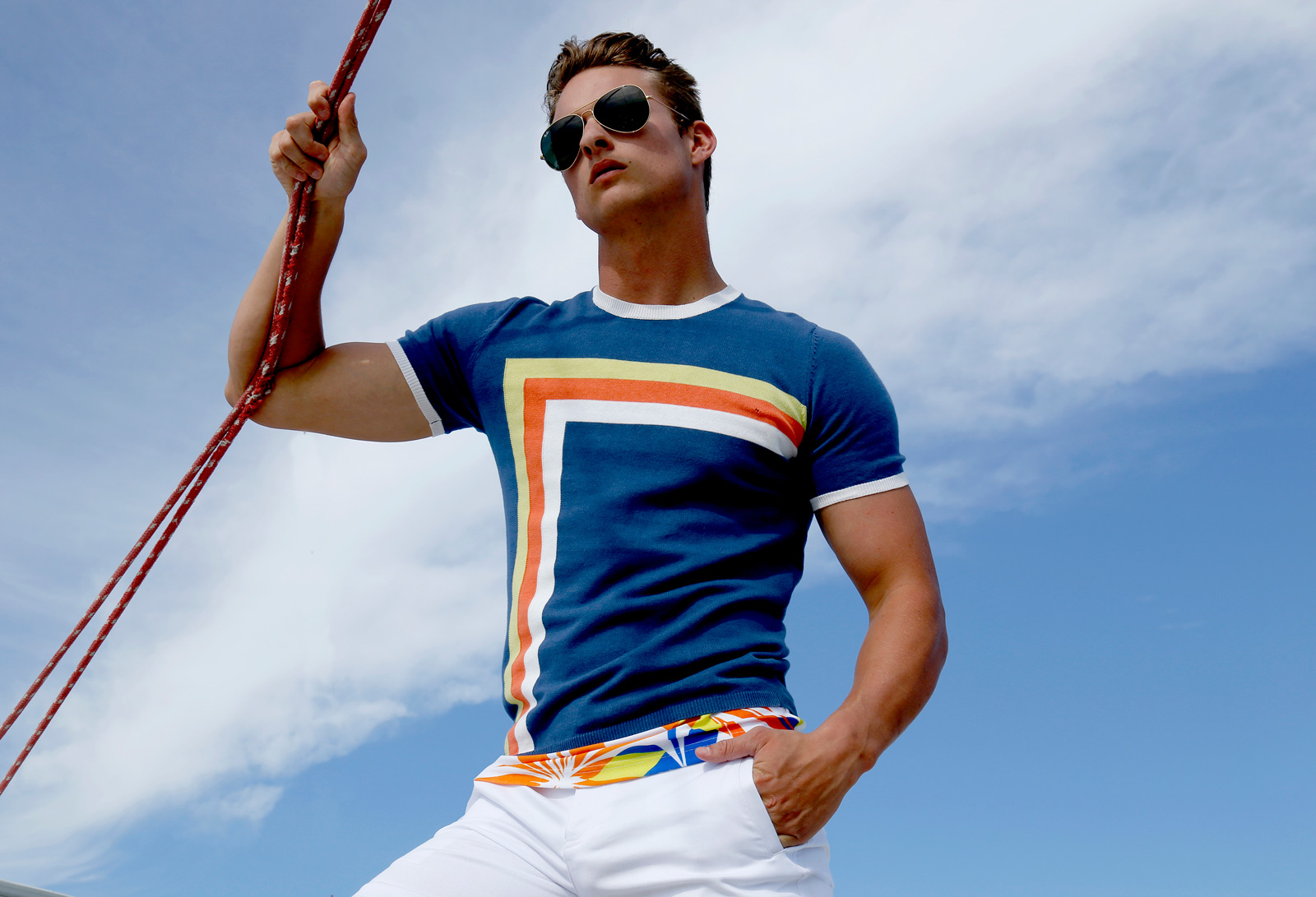
Excitement is a through-line to your collections. How do you continue to find inspiration, season after season, for this excitement?
Parke Lutter: I think travel, obviously a lot. Lately that’s been more fantasy than reality because our trips have been business trips, but that still works really well as a point of take-off—even if you aren’t going somewhere to spend time. We used to do that a lot. We would go to Greece or Spain. Though, I’m in Vegas a lot for work but will never do a Vegas collection.
Ronen Jehezkel: Each season, you have to come up with an idea in a certain amount of time. We usually take a little break beforehand and disconnect ourself from the usual work. We take time off to go to a destination which becomes the base of the inspiration. We have some ideas, and this allows us to search and look and read without the calls and interruptions, the distractions from the fantasy.
And that infuses the colors and the patterns?
PL: Yes. We will start with the inspiration. Sometimes it’s a destination, but it is then combined with something. We do a lot of retro stuff, so the inspiration becomes “this place at that time.” For example, Cuba 1950s. We rejected that… but a few years ago that was one of the ones we were thinking about. From there, we build out the research. It can even be a quote from a book or a song lyric that sets things into motion. The story comes from the inspiration. Then you enter into the fabric research and see what fabric colors and prints are out there. Then you have everything you need to make it.
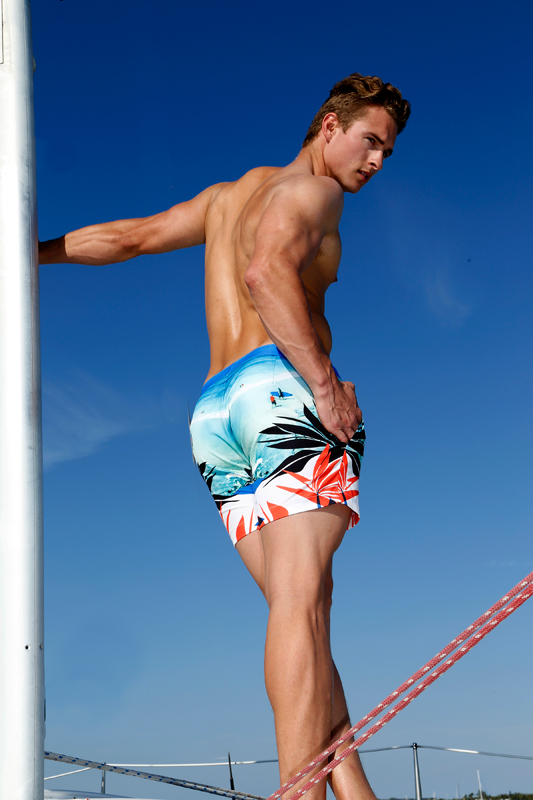
You have been pioneers in tailoring and reimagining fit for a new generation. Men went from baggy shorts to smaller, well-tailored pieces. Where did that come from?
RJ: It was a culture shock, mostly for the straight crowd. The gay crowd can be a little more daring at the start. But I think that this has been going on for a couple of years… I think the whole culture and wellness and the image of the body has changed.
PL: It’s also about our history. My background is New York ready-to-wear. Seventh Avenue. I went to Parsons. Ronen studied couture in Rome. I was like, “The attitude here is great!” Ronen would then be like, “It’s off an eighth of an inch.” We would have marathon fittings for a bikini [bottom]. These are some of the hardest garments to fit. It’s like micro-surgery. An eighth of an inch does make a difference. Ronen always insisted on a very specific cut and had the technical chops to back it up. At the time, we didn’t think we were doing anything other than what we wanted to do, but there was a story there because no one else was doing it. It kind of came from the heart and we committed to it.
You make very slim suits. Do you feel like the pieces cater to many different body types?
RJ: We have had a reputation since day one that we make sexy clothes. I do not want this to ever go away. But we make so many different silhouettes for so many different bodies. We have so many bikinis [a briefs style for men]. How many bikinis does a person need? One. It’s all a question of your thigh. There are different options for different types, about extending body length or rounding out features or emphasizing parts. Every single length and size has a reason. It’s the same with what we offer for women.
How do you two work together to align a vision for a collection?
PL: We definitely have fights over color palettes and stupid things, but for the most part it is because we have complementary points of views that are very similar at the same time. As long as we are communicating well, with one of us putting an idea out there, we are better than the sum of our parts. It’s this meshing of the American and the European that brings it to where we want it—where the magic happens.
Can you talk a little bit about the Summer 2016 collection?
PL: This is our smallest collection each year. Spring is runway and we went with Age of Aquarius. We stuck with that a bit. This is still very retro, very ’70s, maybe a little later—late ’70s or early ’80s. We were thinking sort of California surf. Laguna in 1979. With summer we try to go simple and clean, with less of a backstory, because it is a shorter season and a lot of stuff from spring and resort carries over.
RJ: We call it the “greatest hits” season. You can sense where the wind is blowing and what people really like. I take that all on and kill it for the next round. This is an opportunity to inject and refresh our offerings. Give it all more life.
Explore all of Parke & Ronen’s offerings online. Those in NYC can drop by their boutique at 176 9th Ave, Chelsea.
Images by Ronen Jehezkel

